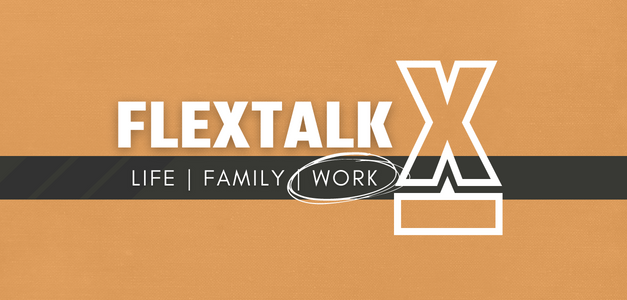Imagine managing a complex ecosystem, balancing growth, health, and removal. That’s the daily reality for forestry professionals, and their work offers profound insights. We can draw lessons from forestry: working smarter, not harder, to enhance our personal and professional development.
By adopting this “forestry mindset,” you’ll learn to prune away what no longer serves you, making deliberate space for new growth and a more intentional, productive life.
Thinning the Canopy for Growth
Foresters selectively thin trees to allow more sunlight to reach the forest floor. This process promotes new growth and strengthens the remaining trees. In your life, this translates to decluttering your schedule and commitments.
- Identify activities that drain your energy without providing value.
- Politely decline obligations that misalign with your long-term goals.
- By removing these “overgrowth” areas, you can direct your focus and energy toward what truly matters.
This intentional pruning creates space for new opportunities and relationships to flourish.
Establishing Clear Boundaries
In forestry, firebreaks create intentional gaps in vegetation to stop the spread of wildfires. These boundaries protect the forest from widespread damage. You can apply this principle by setting clear boundaries in your work and personal life.
Establishing firm boundaries is essential. Whether it’s setting work hours, expressing your needs in relationships, or safeguarding your time for rest, these limits help prevent burnout and enhance your overall well-being. When boundaries are clear, you can perform better across all aspects of your life.
Using the Right Tools for the Job
Forestry is not just about raw effort; it is about strategic application of tools. The role of skid steers in tree management shows how one versatile piece of equipment can handle multiple heavy-duty tasks efficiently, from clearing brush to moving logs.
In your own life, identifying and using the right tools like apps, routines, or support systems can make your work much easier. Automating bill payments, using a project management app, or delegating tasks at home can free up your mental and physical energy. Adopting lessons from forestry and working smarter, not harder, means choosing the right tool for the task.
Embracing Cycles of Growth and Rest
Forests follow natural cycles of growth, dormancy, and renewal. Trees do not grow at a constant rate year-round; they have periods of rest. This natural rhythm is fundamental for long-term health.
Apply this lesson by incorporating intentional rest into your life. Recognize that continuous hustle is unsustainable. Scheduling downtime, taking vacations, and getting adequate sleep are not luxuries; they are necessary for your own long-term growth and productivity.
Cultivating Your Personal Ecosystem
Just as a forester cultivates a thriving forest, you can cultivate a thriving life. This means making strategic choices about where to invest your energy, setting protective boundaries, and using the right tools to support your growth.
- What is one “tree” in your life (a commitment or task) that you could “thin” to create more light for other priorities?
- How can you create a “firebreak” this week to protect your personal time and energy?
- What is one tool or system you could implement to manage a recurring task more efficiently?
- Do you honor cycles of rest in your life, or do you feel pressure to be productive constantly?
- What does “working smarter, not harder” look like in your relationships?


